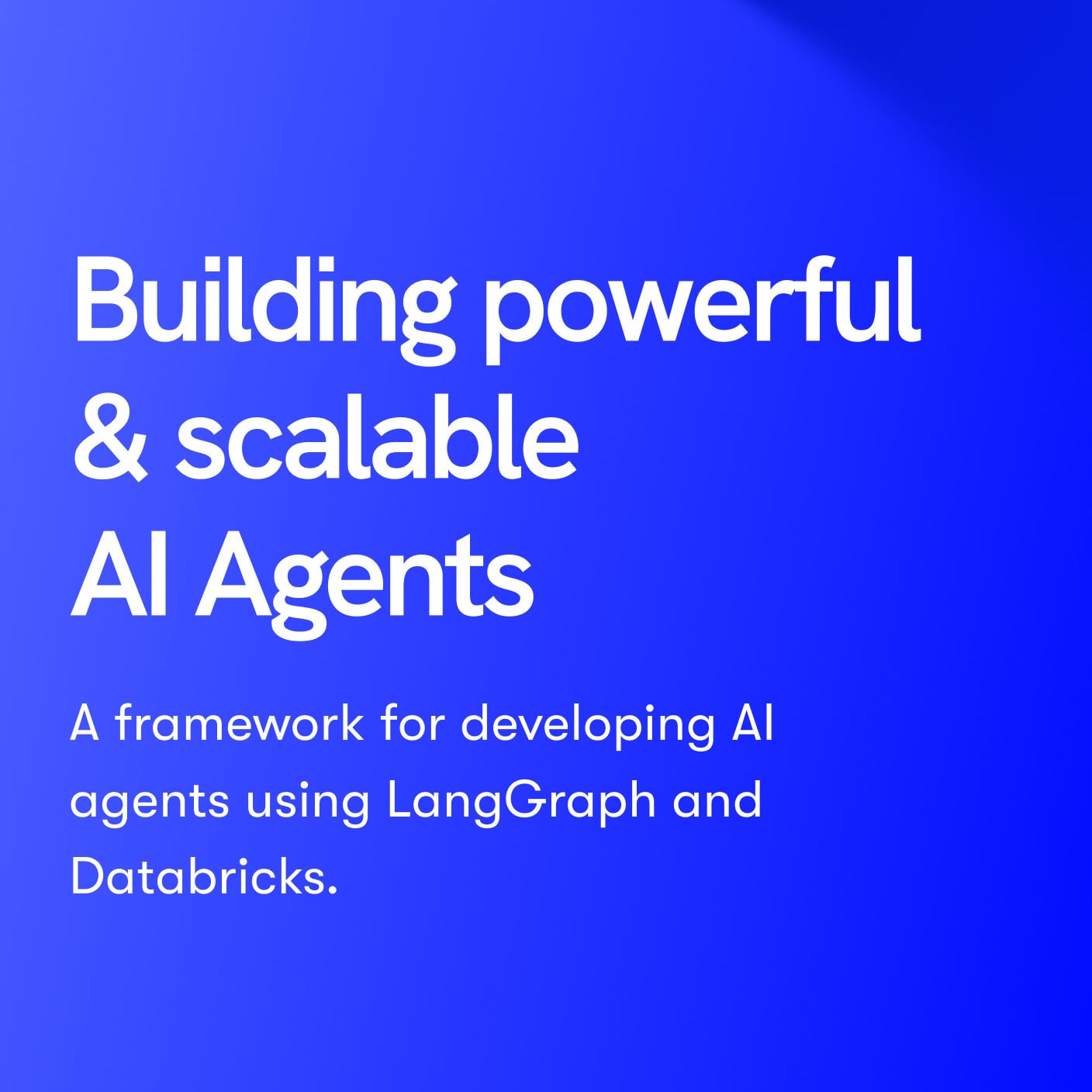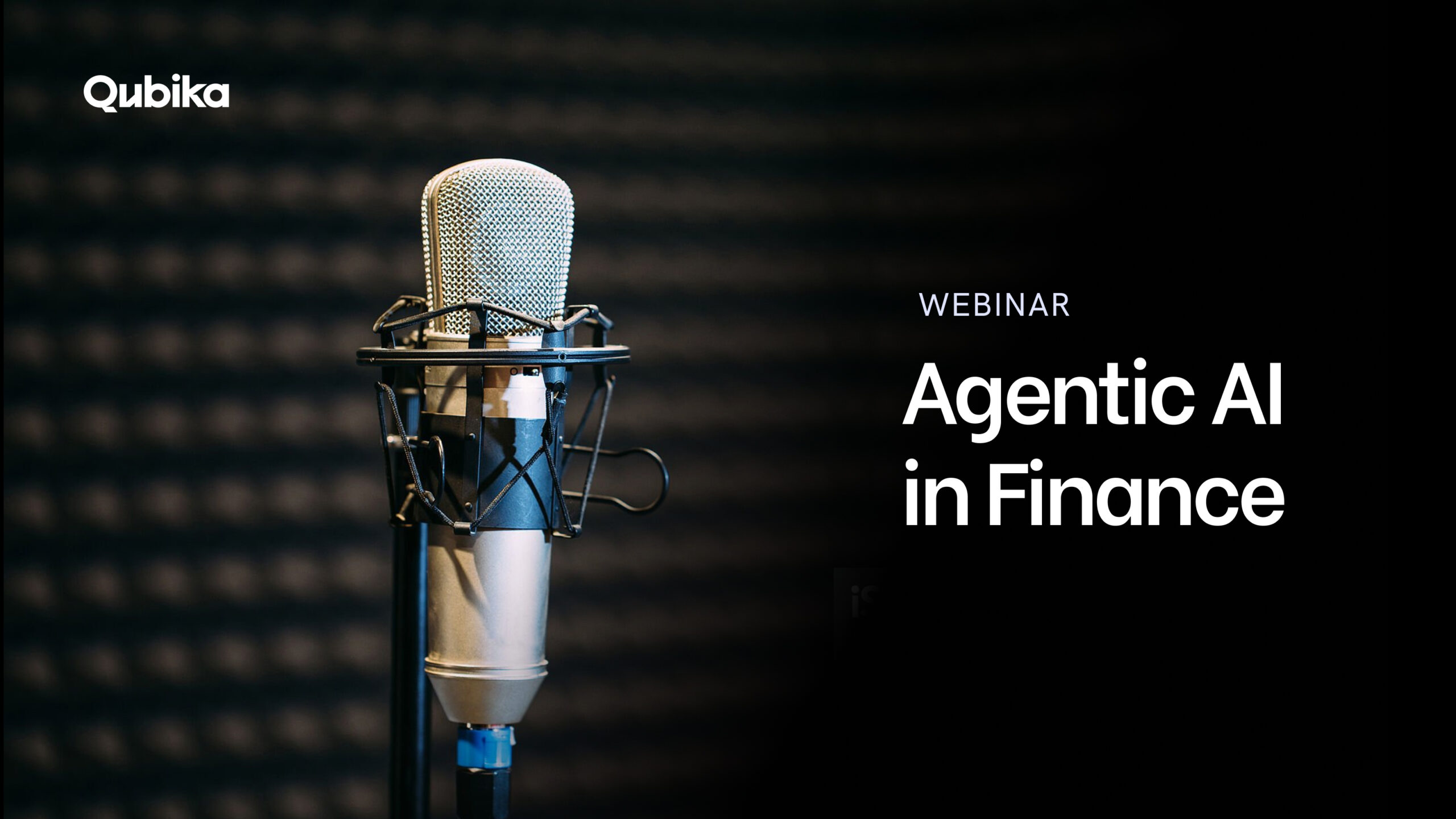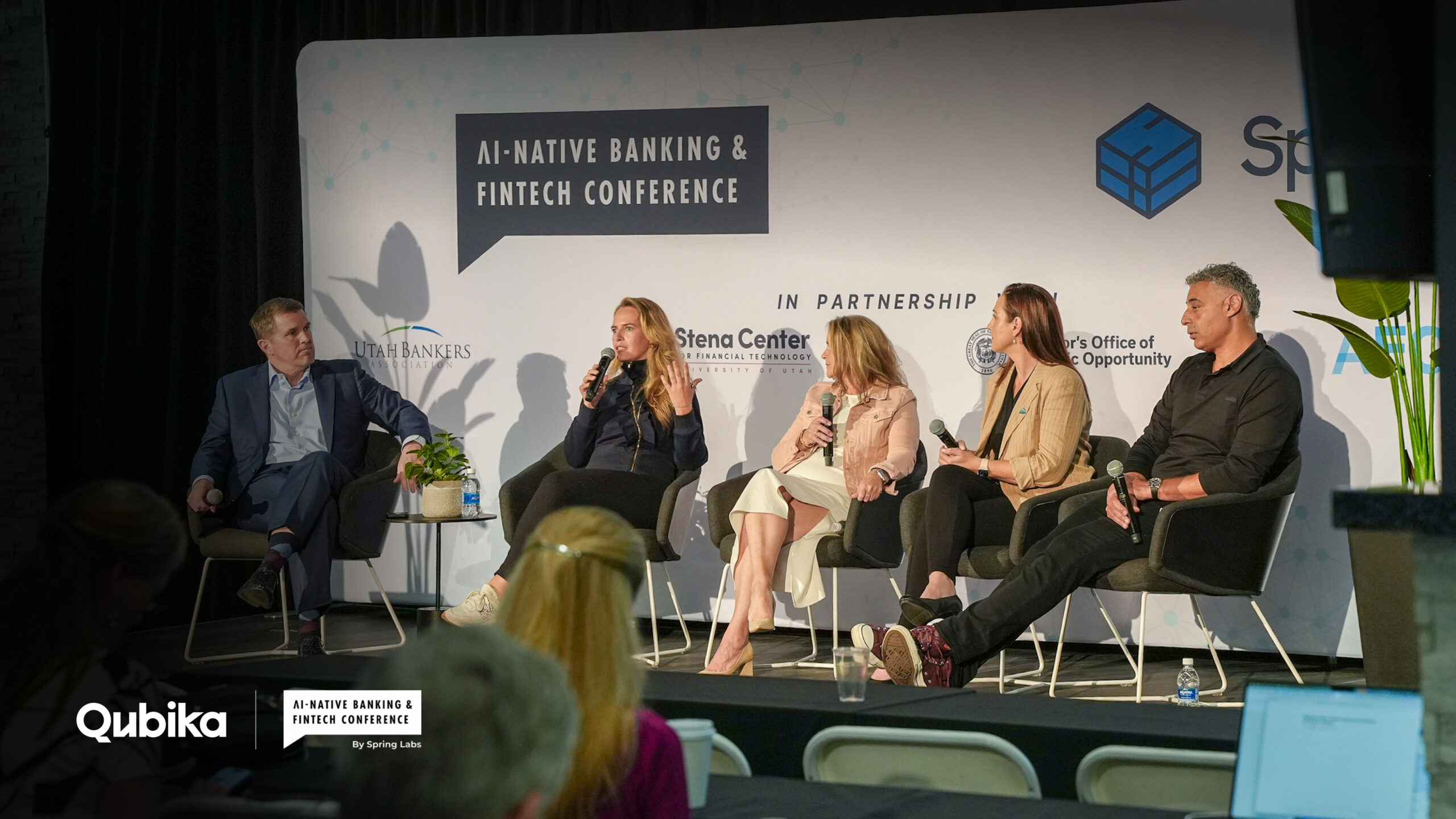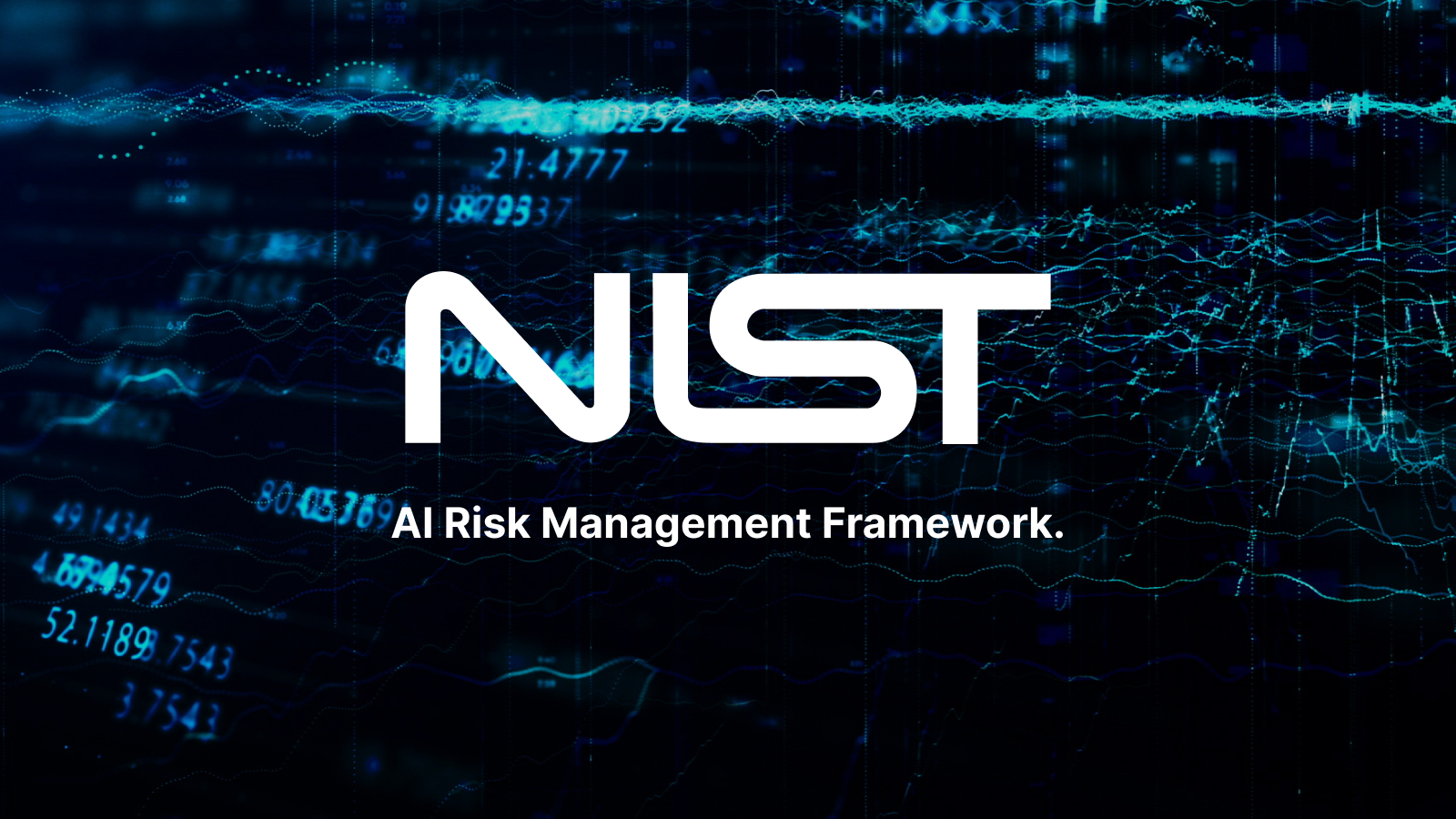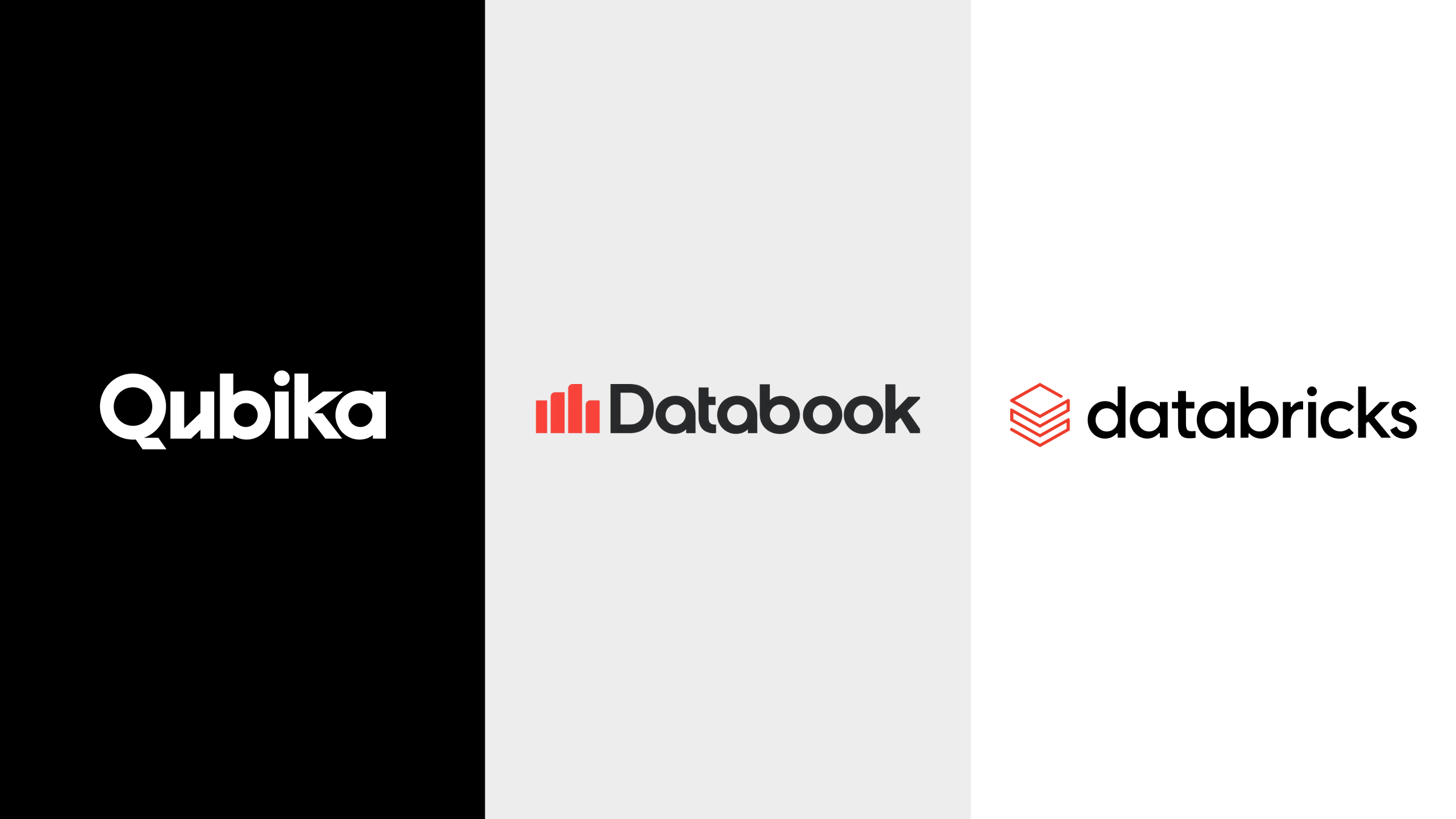In human history, context has been the cornerstone of evolution and innovation. From the invention of the wheel to the development of the internet, breakthroughs have always emerged as responses to specific circumstances. Early humans adapted to their environments to survive, evolving tools and techniques suited to their immediate needs. Similarly, project managers must assess and respond to the unique context of each project to craft tailored approaches that drive success.
In the fast-paced world of software development, project management frameworks often serve as the backbone of successful delivery. Yet, the reality is more nuanced: no single framework can universally address the unique requirements of every project. Each initiative is shaped by its context, and this is where a project manager’s true skill lies—interpreting that context and crafting a tailored approach.
This article explores the main ideas of how project managers can blend Agile and Waterfall methodologies, embrace the art of contextual leadership, and foster team trust and collaboration to achieve project goals effectively.
The Power of Context in Project Management
Every project operates within a specific context—a complex combination of client expectations, team dynamics, and business constraints. Understanding this context is not a box-ticking exercise; it is an essential skill that requires intuition, adaptability, and clear communication.
Key Contextual Factors to Consider
Client Expectations:Clients often dictate the approach. Some prioritize fixed timelines and deliverables, favoring predictability, while others value flexibility and innovation.
Team Composition: Experienced, cohesive teams might excel with Agile experimentation, whereas new or mixed teams may benefit from Waterfall’s structured phases.
Project Complexity: High uncertainty or rapidly changing requirements align with Agile, while stable, predictable projects lean towards Waterfall.
Regulatory and Industry Demands: Compliance-heavy industries, like finance or healthcare, may require the documentation rigor of Waterfall while still allowing iterative development cycles for Agile delivery.
Cultural Differences: Understanding diverse work cultures and communication styles is critical when working with global teams. Contextual leadership involves tailoring approaches to accommodate these cultural nuances.
Contextual Leadership in Action
The ability to interpret and adapt to these variables defines an exceptional project manager.
This includes:
- Pivoting strategies as a project need to evolve.
- Balancing priorities like speed, quality, and scope.
- Guiding teams through ambiguity without sacrificing momentum.
- Contextual leadership is also about understanding how history, culture, and behaviors shape team interactions and decision-making. By respecting these elements, project managers can foster stronger team collaboration.
Blending Agile and Waterfall for Tailored Solutions
Both Agile and Waterfall methodologies have distinct strengths. Rather than treating them as opposing approaches, project managers can integrate their best elements to create a hybrid framework tailored to the project’s needs.
Waterfall’s Strengths
Well-suited for projects with clearly defined requirements.
Facilitates meticulous documentation and phased approval processes.
Effective for industries with strict compliance and quality assurance needs.
Agile’s Strengths
- Ideal for projects with evolving requirements.
- Encourages collaboration, iterative progress, and frequent stakeholder feedback.
- Delivers value incrementally, keeping the team adaptable.
- A Practical Hybrid Approach
- Dual-Track Development: Combine Waterfall’s structured planning for initial requirements and design with Agile sprints for iterative development and testing.
- Incremental Deliverables: Align with Waterfall’s milestone-based delivery while allowing Agile flexibility to adjust deliverables between milestones.
- Feedback Loops: Use Agile’s iterative cycles to inform and refine subsequent Waterfall stages, ensuring both adaptability and rigor.
Understanding and Empowering Teams
While frameworks and methodologies are important, project success ultimately depends on people. A project manager’s ability to build trust, foster collaboration, and create a positive work environment is crucial.
- Knowing Your Team
- Understand individual strengths, working styles, and motivators.
- Provide opportunities for professional growth and ownership of responsibilities.
- Maintain open lines of communication to address concerns and challenges proactively.
- Building Trust and Psychological Safety
- Encourage team members to voice concerns, admit mistakes, and share ideas without fear of judgment.
- Celebrate successes—big and small—to boost morale and team cohesion.
- Lead with empathy, showing genuine care for team well-being.
- Navigating Behavioral Dynamics
- Recognize signs of burnout or disengagement and address them early.
- Facilitate healthy conflict resolution through mediation and clear communication.
- Balance workloads to ensure fairness and prevent fatigue.
Overcoming Challenges in Contextual Leadership
Contextual leadership comes with challenges, including:
- Stakeholder Resistance: Some stakeholders may resist unconventional approaches.
- Transparent communication and demonstrating results can help gain their trust.
- Team Adaptation: Teams accustomed to a single methodology may struggle with hybrid approaches. Incremental training and clear guidance can ease this transition.
- Cross-Cultural Sensitivities: Managing global teams requires awareness of cultural norms and preferences. Adopting flexible communication styles and showing respect for diversity can effectively bridge gaps.
Balancing Agility with Deadlines
A common challenge for project managers is balancing Agile’s flexibility with the fixed deadlines often imposed by clients or stakeholders. Success requires a strategic approach to planning and prioritization.
- Strategies for Balancing Agility and Deadlines
- Prioritize Core Deliverables: Identify the must-haves and ensure they align with the project’s primary goals.
- Use Time-Boxing: Allocate fixed time periods for tasks, maintaining progress while leaving room for adjustments.
- Regularly Reassess: Conduct frequent reviews to evaluate progress, scope, and resource allocation.
- Transparent Stakeholder Communication: Set realistic expectations and involve stakeholders in trade-off decisions to maintain alignment.
A Real-World Example of Contextual Leadership
Consider a healthcare software project with strict regulatory requirements and a tight deadline. A project manager blends methodologies by:
- Using Waterfall to define and document compliance requirements upfront.
- Implementing Agile sprints for feature development and testing, ensuring adaptability to changing user needs.
- Hosting bi-weekly stakeholder reviews to align deliverables with evolving priorities.
- This hybrid approach ensures both compliance and flexibility, delivering a product that meets regulatory standards and user expectations within the set timeline.
Conclusion: The PM as a Contextual Leader
Project management is an art as much as a science, defined by the ability to interpret and respond to the ever-shifting context of each unique project. While frameworks like Agile and Waterfall provide valuable structures, they are merely tools in the hands of a skilled project manager. The real challenge—and opportunity—lies in understanding the nuances of the project’s context and crafting a strategy that balances structure with flexibility.
Contextual leadership amplifies this process by adding a human element. By recognizing the diverse factors at play—from client expectations and regulatory requirements to team dynamics and cultural differences—project managers can adapt their approach to fit the situation. This adaptability not only ensures successful project outcomes but also fosters trust, collaboration, and resilience within the team.
As you navigate your next project, embrace the context as a guide. Be prepared to pivot when necessary, prioritize communication and empathy, and empower your team to thrive. The ability to read the room—metaphorically and literally—is what sets exceptional project managers apart. Success is not about rigidly following a playbook; it’s about crafting the right playbook for the situation.
In the end, the best project management frameworks adapt and evolve, just as humanity has throughout history. Context is not just a consideration; it is the key to unlocking innovation and achieving lasting success.
Unleash the power of technology with Qubika Studios
Our Studio delivery model enables us to address challenges head-on by bringing technology and domain experts together. This ensures we deliver immediate business value with our customized solutions.

